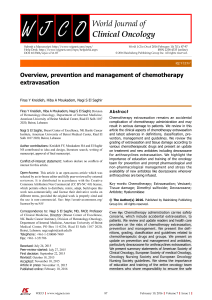The Inflammatory Process Principles of Immunology
advertisement
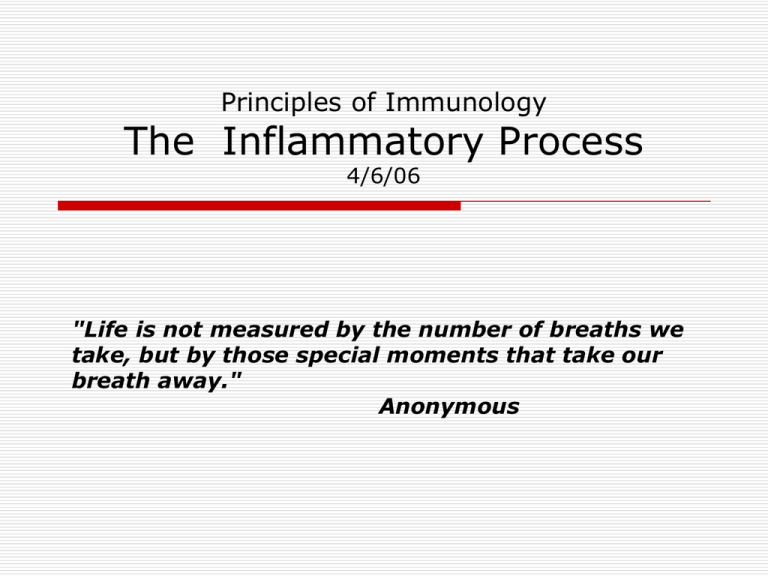
Principles of Immunology The Inflammatory Process 4/6/06 "Life is not measured by the number of breaths we take, but by those special moments that take our breath away." Anonymous Word/Terms List Acute phase proteins Cell adhesion molecules Chemotaxis HEVs ICAMs Integrins Mucins Selectins Inflammatory Process A localized tissue response Triggered by trauma and/or antigenic insult May include systemic effects Characterized by redness, heat, swelling, and pain Principal cells are leukocytes and macrophages Cell Adhesion Molecules (CAMs) Required for extravasation Neutrophil extravasation Lymphocyte extravasation Cell Adhesion Molecules (CAMs) Selectins Mucins Proteins Present CHO ligands to selectins Present on endothelial cells and neutrophils Integrins Glycoproteins Bind to carbohydrates Expressed on leukocytes and endothelial cells Proteins; heterodimers Expressed on leukocytes Bind to Ig superfamily molecules ICAMs Ig CAMs Expressed on endothelial cells Bind to integrins Margination and Extravasation Rolling Activation Arrest Transendothelial migration Overview of Inflammation Cells involved Mediators Histamine Cytokines Kinins Vascular changes Monocytes/macrophages Neutrophils Dilation Increased permeability Complement Effects of Macrophage Cytokines IL-1, IL-6, TNF alpha Pyrogenic Vascular permeability Expression of CAMs T and B cell activation Ig synthesis Systemic Changes Fever Acute phase proteins Leukocytosis Interferon Effects T Helper induction Macrophage activation MHC expression NK cytotoxicity B cell activation Lymphocyte Extravasation Naïve lymphocytes Occurs in secondary lymphoid organs Occurs in high endothelial venules (HEVs) Lymphocte homing
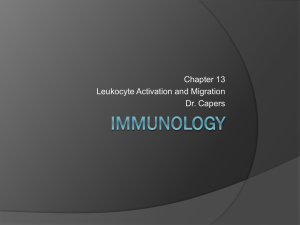
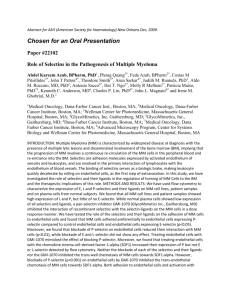
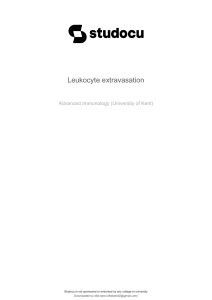
![Anti-Junctional Adhesion Molecule C antibody [19 H36]](http://s2.studylib.net/store/data/012731913_1-eefc4e46e9d4109e56a1e57e34fde311-300x300.png)

